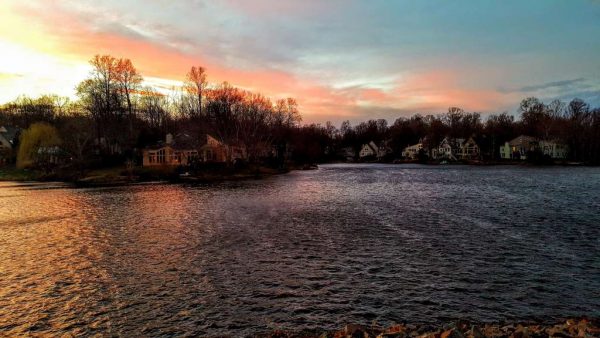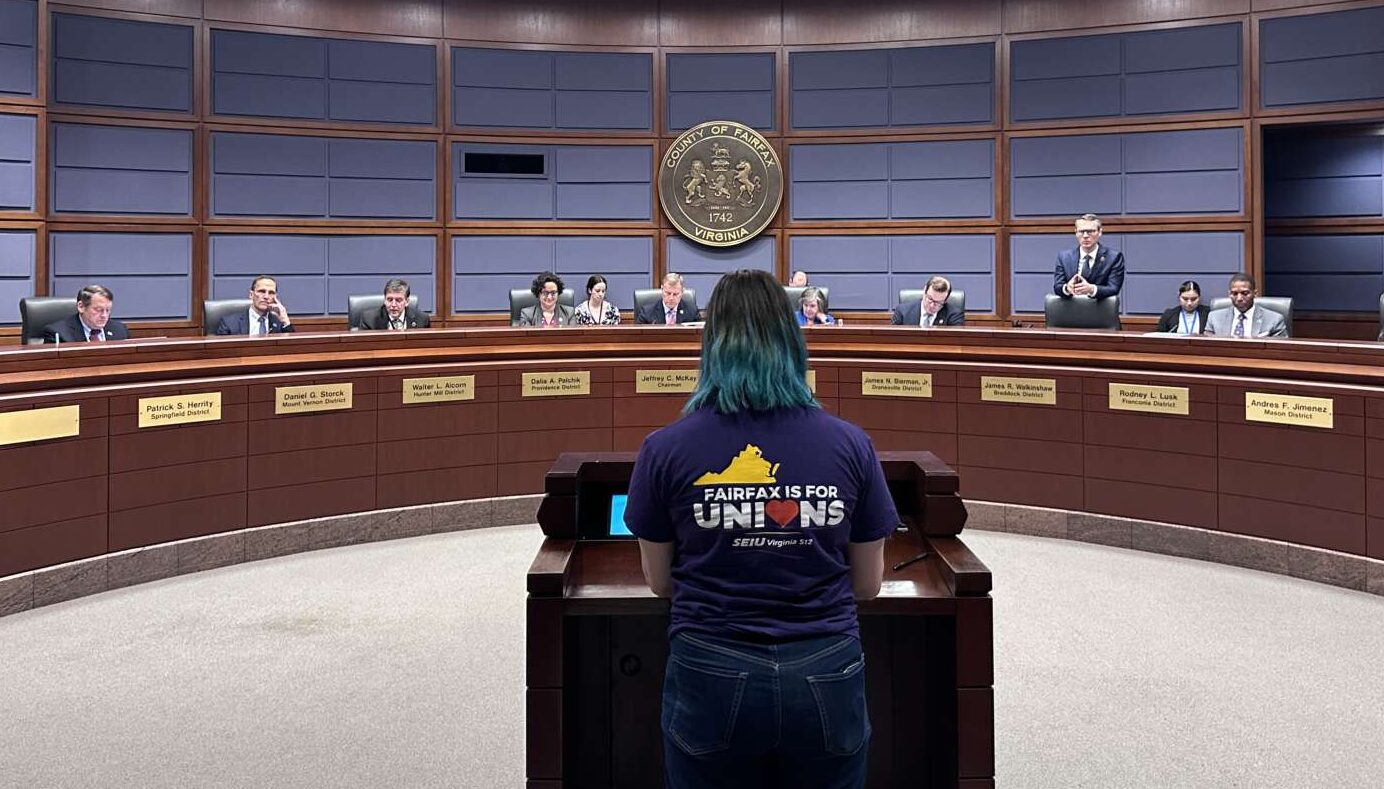The Reston Annual State of the Environment Report (RASER) will be presented to the Reston Association (RA) during its regular board meeting on Thursday, Dec. 17.
Doug Britt, a Virginia Master Naturalist and chair of RA’s Environmental Advisory Committee, will present the study update and the state of Reston’s environment to the RA board and members.
The comprehensive study is roughly 200 pages long and comes on the heels of more than 1,000 volunteer hours to update the report on its bi-annual basis. The report covers 21 different environmental attributes of the community that includes natural resource maintenance, health of wildlife, air quality, and environmental education and outreach.
The study is co-led and co-edited by Robin Duska, a former environmental advisory committee member, and includes the work of 18 authors and co-authors. The authors include members of the environmental advisory committee and outside individuals with specialized expertise.
“For each topic that we address, we collect the most reliable information that we can about the subject here in Reston,” Britt said.
“When we don’t have enough Reston data, we’ll look at county data, regional data and state data. And then we organize each topic around a background that defines the environmental attribute and then an existing edition section, and then a conclusion section.”
RASER’s five objectives are listed on RA’s website as the following:
Summarize existing quantitative environmental data for the Reston community in one publicly accessible document.
Establish an environmental baseline that can be re-assessed annually to facilitate the identification of environmental trends and to evaluate the efficacy of environmental improvement and conservation programs and initiatives.
Provide relevant and timely environmental information that can help RA and its board of directors in shaping future policy and programs.
Help educate and inform Reston residents and other interested parties about Reston’s environmental health.
Create a living document that can be revised and expanded as deemed appropriate to meet future environmental challenges and information needs.
The report was expanded this year to include two attributes: solid waste management and climate change. It also utilizes a larger amount of visual exhibits with 182 photos, tables or charts.
To make the report more user-friendly, most references will include hyperlinks to more information on subjects or view the original sources.
Each attribute in the report is given a subjective assessment of its condition. Each assessment is given a traffic light rating of green (good), yellow (fair), or red (poor), and unlit icons signify that more information is needed on the topic. In the 2020 study, five subjects were given green, eight yellow, two red and six are unlit.
“Every time we update this report, we find more and more information that helps us understand the nature of the topic,” Britt said.
“I think we have come a long way from 2017 to where we are now in our understanding and documenting the status of the attributes and how they’re changing with time, if they are.”
Britt clarified that there were not “any major changes in the subjective quality of the attribute from the previous report.”
Portions of the study will include possible changes RA can create an initiative for, while individual residents can address other items. However, many potential changes will come from outside the community at the county or state level.
Various items will be highlighted for discussion through the study. Among those is a fact Britt said came out of a new chapter of the study on water management wherein it was found that residents in Reston use 19 million plastic bags per year and less than 1% of those are ever recycled.
Over the years, Britt has witnessed efforts being made in Reston to mitigate existing issues. Among those efforts have been Reston utilizing stream mitigation banks to restore over half of the area’s perennial streams, and RA adopting a program to secure lakefront areas with biologs to prevent erosion.
Also, based on a recommendation in RASER, RA applied for and received a grant to put on a local workshop last year on what individual homeowners can do to capture and retain storm water runoff on their properties.
Britt expressed that one of his primary concerns with this study is to get board approval for public distribution to allow for more exposure to it for a broader range of stakeholder in the community.
The RASER presentation next week will be separate from recommendations and a report card for protecting or enhancing individual attributes. Britt is planning to present those items apart from the full report in the RA board meeting in January or February.
Photo by Ruth Seviers






